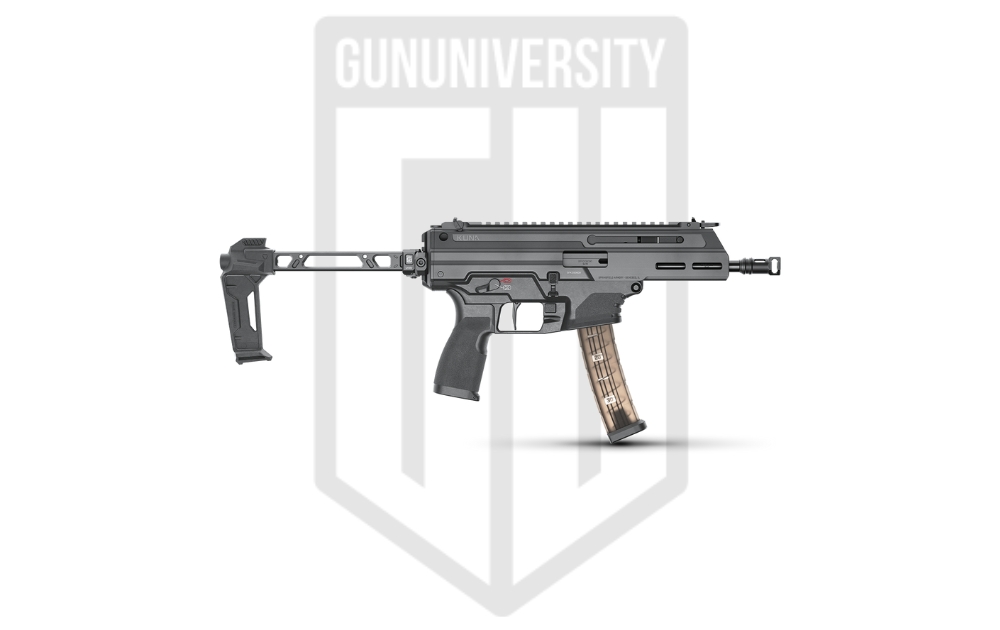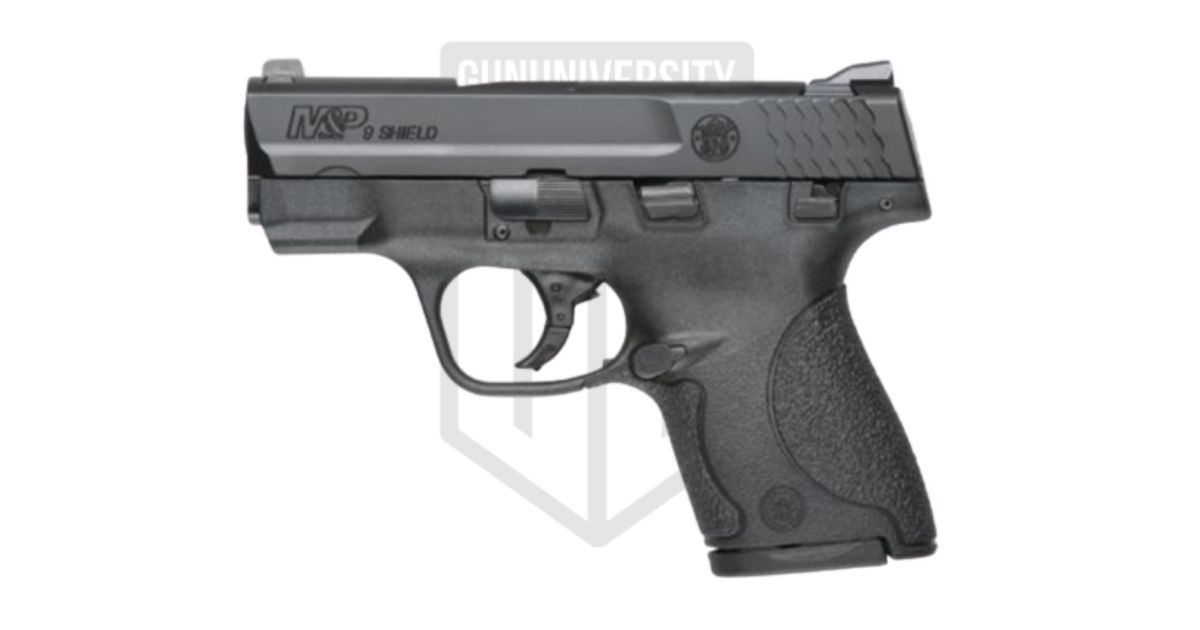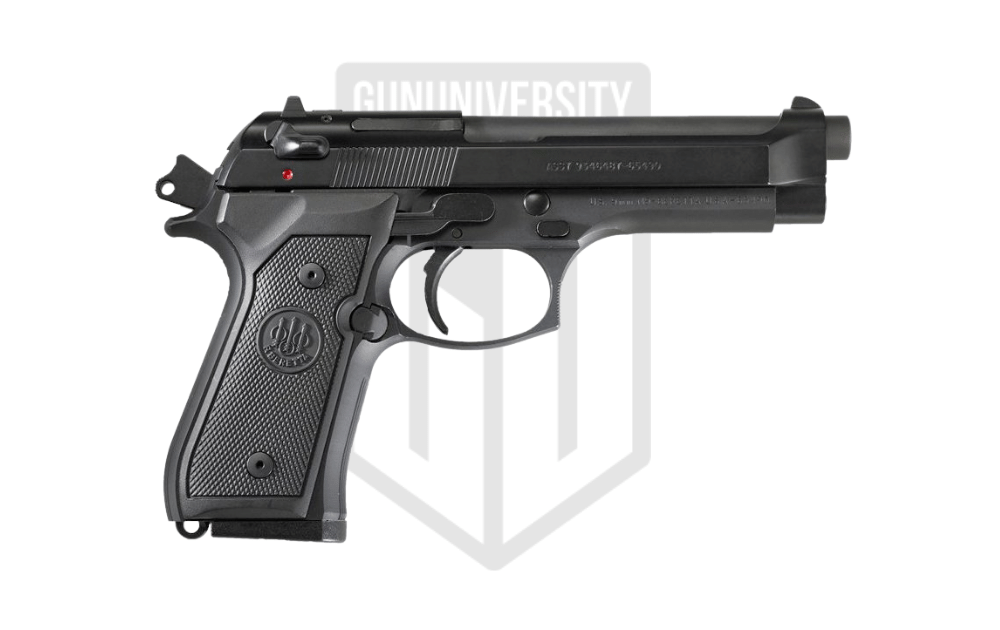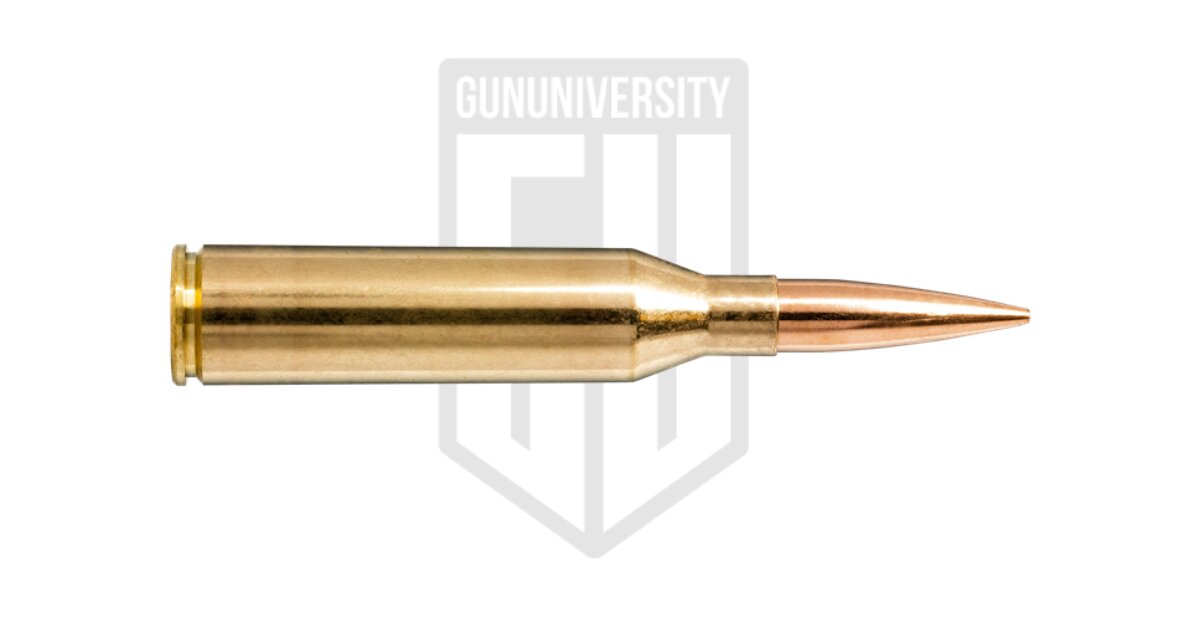50 AE vs 50 BMG: Comparing Apples and Watermelons
In the United States, you just don’t see many calibers that go beyond .50 inches. Why is that?
The answer boils down to the National Firearms Act (NFA). This law regulates most weapons with bores over a half-inch unless they are specifically used for sporting purposes. That’s why your trusty shotgun is a simple Title 1 weapon, but a powerful 20mm bolt-action rifle would be a heavily regulated Title 2 device.
The market, in response, has largely self-regulated, choosing to stay below that half-inch mark unless the manufacturer is absolutely certain the firearm can get an NFA exemption.
This is exactly why we have seen a rise in different .50 caliber options. Today, we’re pitting two extremely different interpretations of the .50 cal game against each other. First up is the mighty .50 BMG, one of the original heavyweights. Second is the .50 AE, a relatively new contender that has carved out a popular niche. Let’s compare and contrast these two beasts and see where they overlap and where they vastly differ.
.50 Action Express vs .50 Browning Machine Gun Spec Comparison

.50 Action Express
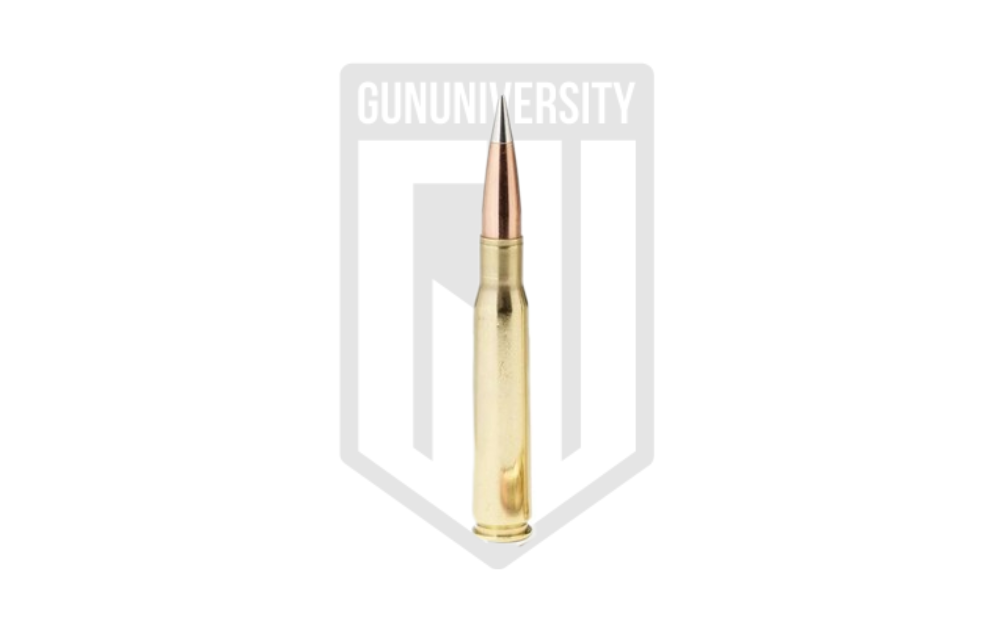
.50 Browning Machine Gun
Why Compare .50 AE to .50 BMG?
Not all 50 calibers are the same. But I think often when people hear the term “50 Cal”, they might be lumping them into the same category. This is probably most common with new shooters or those outside of the shooting community. Hopefully we can clear up the differences.
Lets start with a history lesson then get to the comparisons.
.50 BMG History and Purpose
The BMG in .50 BMG stands for, you guessed it, Browning Machine Gun. This iconic round was developed and named by the legend himself, John Browning, who gifted the world many great cartridges.
This specific, massive round was initially produced to feed the legendary M2 Machine Gun, a weapon affectionately known as “Ma Deuce.” The .50 BMG was a huge deal, originally designed for serious work: anti-air and anti-armor use.
Keep in mind, armor back in the 1920s was nothing like the protection we see today. The fact is, the .50 BMG has stuck around right alongside the M2 for nearly a century now. This mighty round is extremely powerful and has successfully morphed from strictly a machine gun round into a precision rifle cartridge. Anti-material sniper rifles chambered in .50 caliber have been a fixture in armed forces across the globe since the 1980s.
In the civilian world, shooters use it to absolutely obliterate targets at extreme distances. It’s also just a blast to shoot! While it’s certainly not practical for hunting, it remains a fantastic cartridge for long-range, high-performance shooting.
.50 AE History History and Purpose
Before the .50 AE came along, most high-powered handgun rounds, think the .44 Magnum or .454 Casull, were designed for revolvers. Those rounds have a large rim, which makes them easy to extract from a cylinder. While we have managed to adapt them for semi-autos, it’s often a difficult task.
The .50 AE was built from the ground up for the semi-automatic platform. It found its home quickly in guns like the AMT Automag V, the LAR Grizzly WIN MAG, and, most famously, the Desert Eagle.
This round is massive and delivers substantial power, which, naturally, translates to significant recoil. Because of that stiff kick, it’s generally not appropriate for typical self-defense or duty use.
Where does it shine? The .50 AE is a winner in metallic silhouette shooting competitions and is highly capable for hunting medium and large game. For those tasks, this cartridge absolutely succeeds.
Huge Differences
These two rounds have massive differences. They crafted one round for a heavy machine gun and the other for a handgun. That creates some pretty big differences between the two rounds. These very different rounds are both big bore and heavy recoiling relative to their platforms. We will explore those differences in depth and detail a thing or two they have in common.
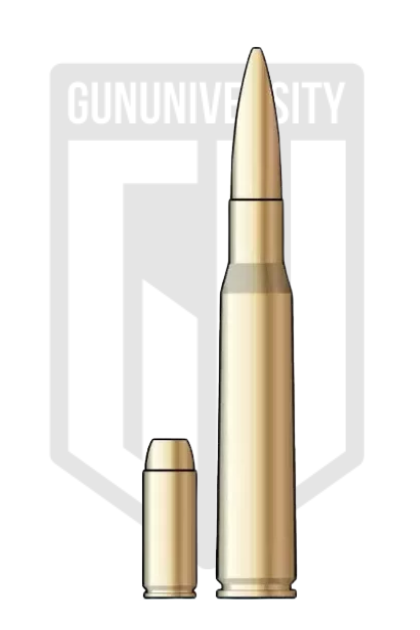
Size Differences
While both cartridges use a .50 caliber projectile, their size differences are massive. The .50 BMG uses a projectile that weighs anywhere from 647 grains to 800 grains. The .50 AE utilizes projectiles that weigh anywhere from 300 grains to 410 grains. That’s a pretty massive difference in weight.
The .50 BMG uses a 3.91 inch long bottlenecked case with a case capacity of 292.8 gr. H2O. The .50 AE uses a case that’s only 1.285 inches long and has a case capacity of right around 50 gr. H2O depending on what data sheet you use.
The overall length of a .50 BMG round is 5.45 inches. It’s a great big bullet and cartridge. The .50 AE is small enough to fit into a magazine that squeezes into the grip of a pistol. It’s only 1.610 inches long. Admittedly, that’s big for a pistol round, but quite small compared to the .50 BMG cartridge.
Performance Differences
With substantial size differences come significant performance differences. Holy crap, are these two cartridges different in practical application. The .50 BMG is this great, big, heavy, and hard-hitting round with a number of different projectile types for different purposes. What the .50 BMG does well is carry a lot of energy in a very big bullet for a very long time.
The current world record holder of a confirmed kill with a sniper rifle is an unnamed JTF-2 Sniper who killed an insurgent at 3,871 yards with a round fired from a McMillan TAC-50. That’s a .50 BMG rifle. The .50 BMG cartridges reach out well beyond a mile and still pack a punch. Seven out of the top ten sniper shots ever taken were with a .50 BMG round.
A 750-grain .50 BMG projectile is moving at 2,820 feet per second and delivering 13,241 foot-pounds of energy on target. This destructive power is often used to shut down enemy equipment, be it a light armored vehicle, a generator, or even an IED planted in the road. It’s a multi-use caliber that makes use of the long-range and power of the round to do a number of tasks.
The .50 AE round is quite powerful…for a handgun round. Like the .50 BMG rifle, it does a great job of carrying a big heavy bullet and retaining a lot of energy over a fair amount of ground. Handguns will never be rifles, and for a handgun, the .50 AE offers excellent ballistics. Metallic silhouette shooting often forces shooters to fire their handguns out to 200 meters, which is quite far for a handgun.
The 50 AE offers shooters a semi-auto action that makes it easy to reach out and touch a target. It’s powerful enough that shooters could use a low-powered fixed optic to make the most of the cartridge and gun.
In terms of power, the .50 AE can launch a 325-grain round at 1,450 feet per second, and it strikes the target with 1,517 foot-pounds of energy. That’s a lot of power, nearly five times that of a standard 9mm cartridge. While powerful, as you can see, the numbers are so far away from the 50 BMG that it’s like comparing a large lake to an ocean.
Purpose Differences
The difference between the .50 AE and .50 BMG can be easily seen in the weight and size of the platforms that fire them. The .50 AE Desert Eagle is big for a handgun but still plenty easy to carry and shoot. The big handgun weighs 4.5 pounds, but it can still be holstered and carried like a handgun. As long as you don’t have to conceal it, you’ll be good to go.
The .50 BMG fires out of rifles like the aforementioned McMillan TAC-50. This gun weighs 26 pounds and is 57 inches in overall length. That’s pretty standard for a .50 BMG rifle. Weapons like the M2 reach weights of 84 pounds.
The .50 BMG is too powerful to hunt any animal that walks this earth. Maybe if we Jurassic Park the world and need to fight a T-Rex, then the .50 BMG will do it. Other than that, it’s a gun designed to hit things at long ranges. For the average joe, it’s not exactly a great option for any kind of defensive shooting or anything beyond hitting steel really far away.
People can employ the .50 AE from a handgun for target shooting and competitive shooting sports. It’s also very capable of taking hogs, deer, and similar animals. It’s incredibly powerful and acceptable for hunting. However, the round is much too powerful and heavy recoiling for home defense, and the guns that chamber it are too larger for concealed carry.
The One Thing They Have in Common
What do these two vastly different rounds actually have in common, aside from that half-inch projectile diameter? Honestly, not much, but hear me out.
The biggest thing they share is that they are both an absolute ton of fun to shoot. They definitely aren’t for everyone, but if you don’t mind a little (or a lot) of excessive recoil, you’re going to love these guns.
I even had the chance to take a mile shot under the guidance of a very experienced shooter, and I managed to hit a rather large piece of steel pretty quickly. That feeling was incredibly satisfying.
On the other end, shooting a magnum-powered handgun like the one chambered in .50 AE is always a major thrill. You get that brief moment of trepidation before you pull the trigger, but you quickly learn how to manage the recoil and operate the gun efficiently. Being able to put rounds on target fast with that much power is a rewarding feeling in its own right.
Ultimately, both of these calibers are big-bore blasters that provide a fantastic shooting experience. The final point they share is a nice, high price tag associated with both the ammunition and the weapons themselves. They aren’t cheap—and you’re unlikely to ever find a bargain when the projectile is a half-inch in diameter.
Getting your .50 On
These are two very different rounds, and they don’t necessarily compete with one another. They both excel at sending big bullets downrange that pack a major punch. Picking one or the other is plenty easy, and you’ll need to figure out what you want to shoot and how far away your target plans to be sitting. They are so different that it’s pretty easy to determine which one of the big .50s you need.
Speaking of, what are your experiences with these two .50 caliber rounds? Or any .50 caliber round. Let us know below if you enjoy shooting the half-inch bullets now and then.
Recent Posts
November 10, 2025
November 8, 2025
November 8, 2025
November 8, 2025

